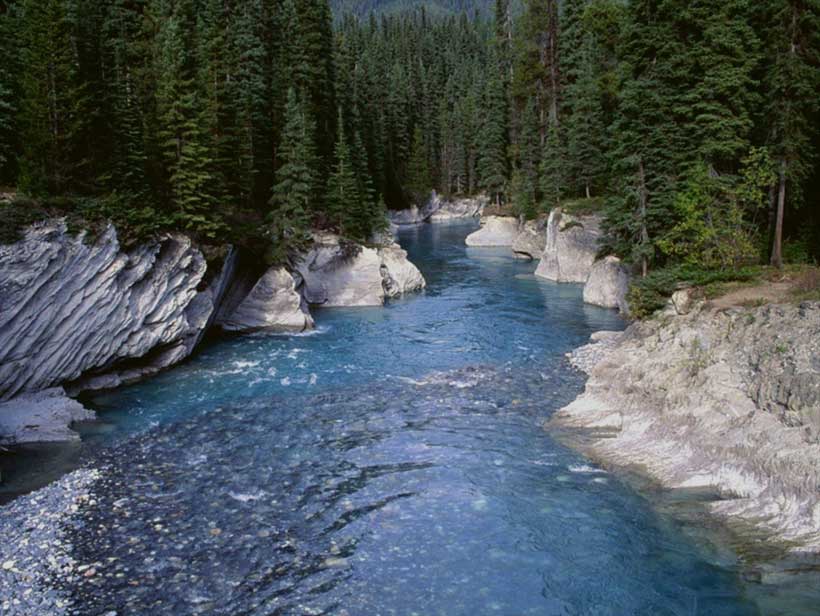Looking up towards the stars at night, the sky can give the impression of being empty and infinite. In reality, space is getting more and more crowded every day.
According to the United Nations Office for Outer Space Affairs, there are currently 4,857 satellites orbiting the planet. Among them are two Sentinel-2 satellites, part of a space-borne mission provided by the Copernicus European Earth Observation programme. The two satellites visit the same spot on Earth every two to five days, depending on the location.
Their sensors acquire multispectral images with spatial resolution varying between 10, 20, or 60 metres, depending on the spectral band. The data produced by Sentinel satellites is freely available to the public and the volumes of data are staggering. Between Sentinel 1, 2 and 3, over 10 petabyte of new data are made available for download every year. With a single petabyte equalling 500 billion pages of standard typed text, this is Big Data worthy of its name.
The satellites are providing ever more detailed information about the state of our planet, and businesses have long ago figured out how to use this data. The European Commission estimates that the cumulative benefits of the Copernicus programme by 2020 range between US$11.4 to US$15 billion (10 to 13 billion euros). So how can we translate this wealth of information into tangible benefits for the environment at the local level?
“In Colombia, small-scale, mechanized illegal gold mining is creating environmental challenges on an unprecedented scale,” says Inga Petersen, Senior Extractives Adviser within UN Environment’s Crisis Management Branch. “Excavators and dredgers used to dig up river beds for alluvial gold mining are contributing to wide-ranging deforestation and the loss of natural wetlands. Highly toxic mercury used in processing contaminates air and water and has accumulated in the food chain, posing significant threats to human health and ecosystems,” she adds.
However, mining areas are often hard to reach and keeping track of new or abandoned operations can be a challenge to local government agencies.
To support the mapping of new and abandoned sites and identify opportunities for restoration, UN Environment is collaborating with the University of Liège, in Belgium, to leverage Sentinel-2 data for local-level decision-making and early warning.
Funded by the European Commission (DG Grow) and EIT RawMaterials, the RawMatCop CopX project (Geospatial mining transparency through Copernicus and MapX) is analysing changes on land and water bodies, focusing specifically on mining ponds created on riverbeds. These ponds offer clues regarding the status of the mining activities.
Detecting and analysing these clues with the use of Earth Observation requires machine learning and image processing techniques in challenging, highly clouded areas. These techniques are key to understanding the dynamics in the mining area and to potentially automate the search to cover larger areas and track changes over time.
Testing this innovative underlying methodology started in 2018 in the Bajo Cauca region in the Antioquia department. The project is being implemented in close cooperation with the Government of Colombia, including the Ministry of Mines and Energy, the Ministry of Defence and the Ministry of Environment and Sustainable Development as well as other UN agencies and strategic partners. Once established, CopX aims for the analysis to be applied at a larger scale and even offer the potential to establish an early warning system which can be adopted by the government to tackle illegal gold mining and monitor the implementation of restoration strategies.
However, translating big data into actionable insights is only a part of the solution. Making this data available to the relevant policymakers at the local and national level in a format which is accessible to non-experts is a critical step to enable evidence-based decision-making.
With this in mind, the project will use MapX, an online, open-source geospatial platform backed by the neutrality of the United Nations, to make the results available in easy-to-understand maps. The platform uses summary story maps, such as this one, to outline the interlinkages between the environment, conflict and natural resources.
“Whilst MapX can host sensitive datasets in private projects, MapX’s mission is to increase global environmental transparency by making the best available data widely accessible. Access to information is especially important in places like Colombia, where the environment features prominently in the 2016 peace agreement,” says Petersen.
In addition to featuring the outcomes of the project, MapX provides a comprehensive data catalogue, including data on the environment, the socio-economic context and conflict interlinkages. Combined with a suite of analytical and visualization tools, platform users can easily analyse, contextualize and visualize interactions between different data layers to increase awareness and inform decisions. Data, maps, narrative and multimedia files can then be summarized in interactive story maps to help tell the story hidden in the data.


